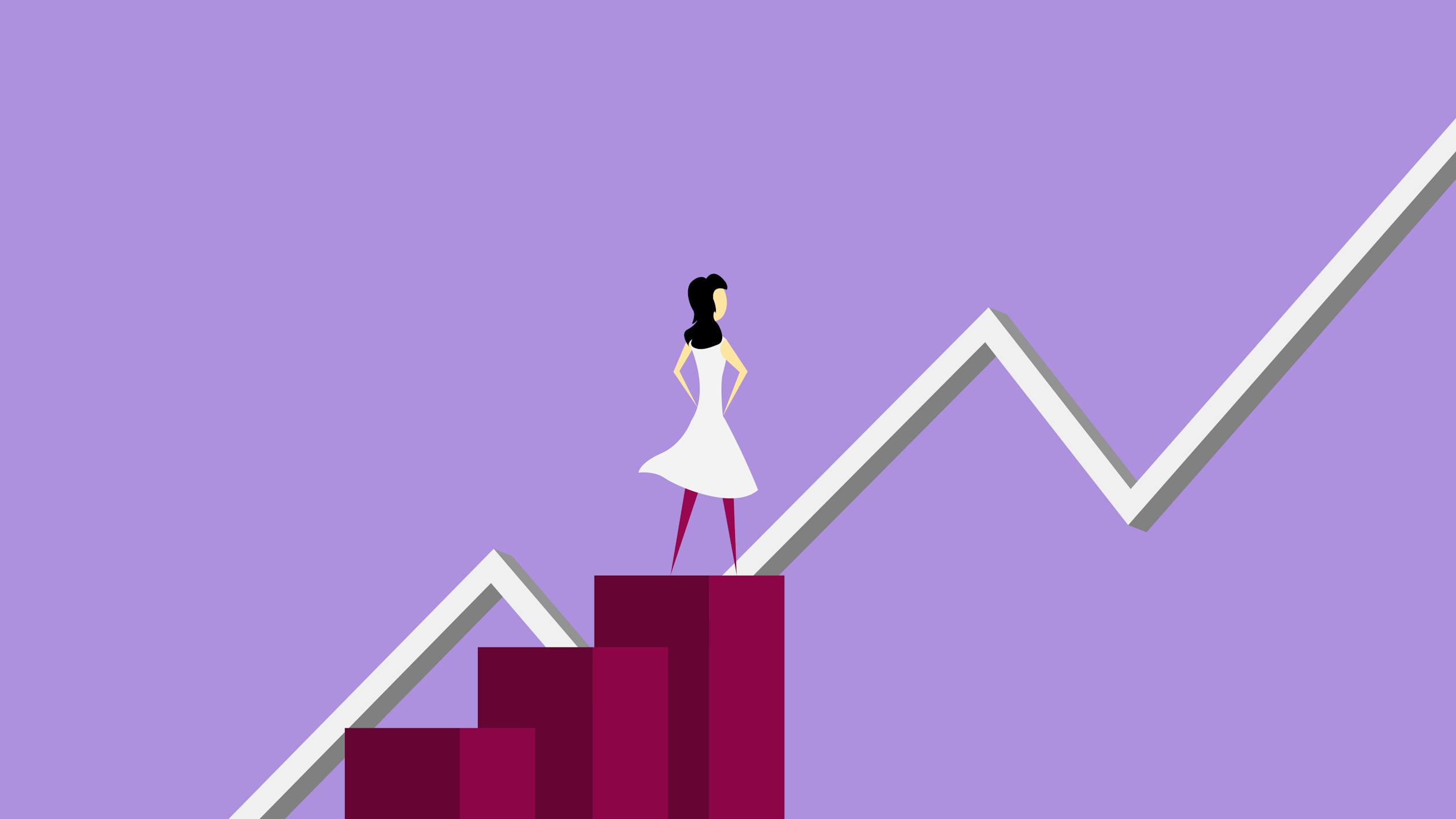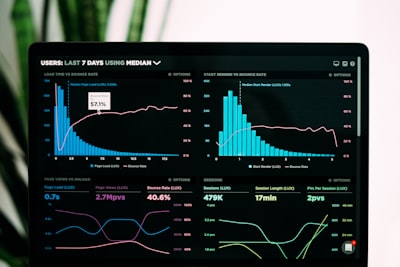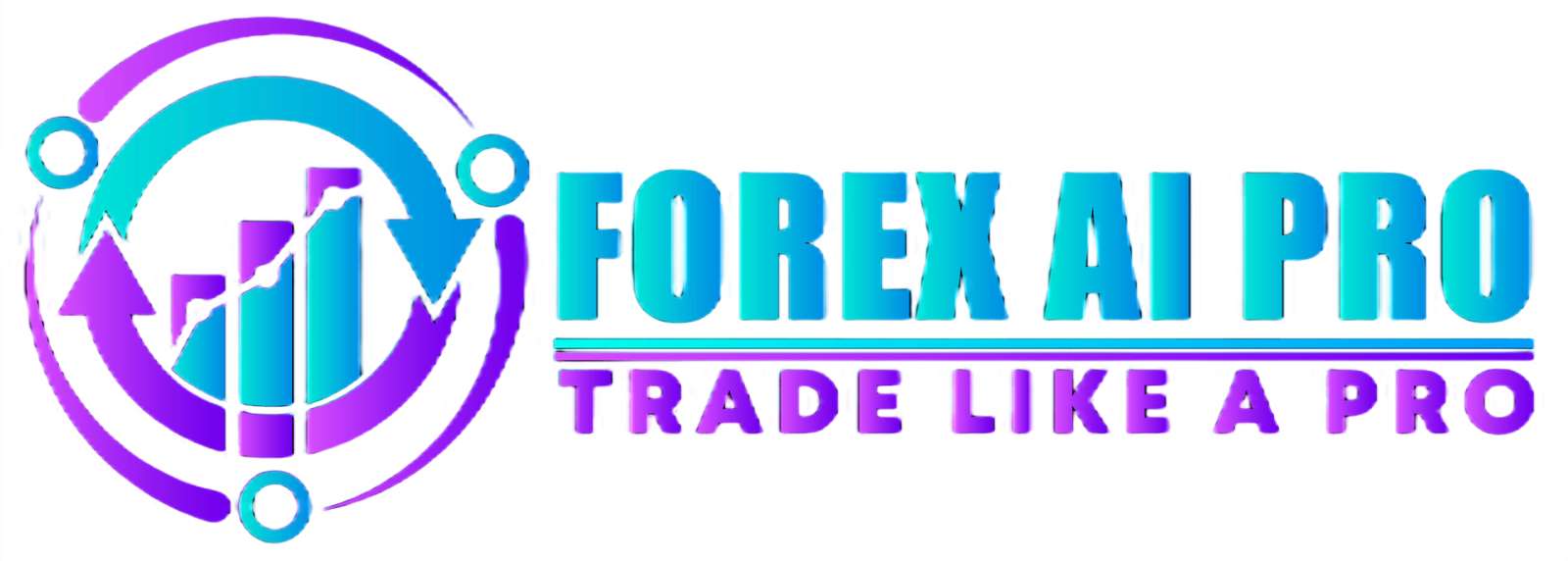The Ultimate Guide to Mastering Forex Trading Charts
If you’re venturing into the world of forex trading, you’ve likely encountered a forex trading chart. But do you know how to decipher one? If not, you’re in the right place.
In this comprehensive guide, I’m going to demystify everything you need to know about different types of charts used in forex trading, from the basics to the advanced stuff. So whether you’re a beginner or a seasoned pro, you’re going to find a ton of actionable insights in this post.
Let’s get started.

Chapter 1: The ABCs of Forex Trading Charts: From Line Chart to Candlestick Chart
Live forex charts are like the GPS of currency trading. They guide you through the forex market, showing you where prices have been and where they might be headed.
But here’s the thing: just like you wouldn’t start a road trip without understanding how to read a map, you shouldn’t start trading without knowing how to read a forex trading chart.
So let’s start with the basics.
A forex chart represents the price movements of a currency pair over a specific trading period. It’s a trader’s most valuable tool, providing insights into historical price patterns and market trends.
Chapter 2: Exploring Different Types of Forex Charts: From Live Forex Charts to Point and Figure Charts
Just like there are different types of maps (road maps, topographic maps, etc.), there are different types of forex charts. Each type presents price information in its unique way. Line charts, for example, are simple and straightforward, connecting the closing prices over a given period. Bar charts, on the other hand, offer more detail, showing the open price, closing price, and the highs and lows during a specific period. Candlestick charts provide the same information as bar charts but in a more visually appealing way. Point and Figure charts, meanwhile, focus on significant price movements and filter out the noise of minor price fluctuations.
Line Charts: The Simplest Type of Forex Chart

Think of line charts as the “road maps” of forex trading. Line charts are the simplest type of forex chart. They’re simple and straightforward, connecting the closing prices over a given period. This simplicity makes them a good starting point for beginners. However, despite their simplicity, line charts can provide valuable information. They can help you identify general price trends over time, which can be useful for long-term trading strategies.
Bar Charts: A Detailed View of the Forex Market
Bar charts are like topographic maps. They offer more detail than line charts, showing the open price, closing price, and the highs and lows during a specific period. This additional information can provide a more comprehensive view of market activity. For example, the high and low prices can show the range of price movement during the trading period, while the open and close prices can indicate the market’s direction. Understanding how to read a bar chart can help you make more informed trading decisions.
Candlestick Charts: The Art of Reading Forex Charts
Candlestick charts, or Japanese candlestick charts, are the “satellite view” maps of forex trading. They provide the same information as bar charts but in a more visually appealing way. They represent the open, high, low, and close prices in a format that makes it easy to see the relationship between these prices. Moreover, candlestick charts are known for their ability to depict market sentiment. By studying the shape and color of the candlesticks, you can get a sense of whether buyers or sellers are dominating the market.
Candlestick patterns can give you valuable insights into potential market reversals and continuations. It’s like having a bird’s eye view of the market.
Point and Figure Charts: A Unique Approach to Chart Analysis
Point and Figure charts are a basic type of chart that focuses on significant price movements and filters out the noise of minor price fluctuations. This chart type is less common than line, bar, and candlestick charts, but it can be a powerful tool in the right hands. Point and Figure charts can help you identify key support and resistance levels, and they can also provide insights into the market’s supply and demand balance. They are particularly useful for identifying market cycles and trading opportunities.

Chapter 3: How to Read Forex Trading Charts Like a Pro: From Price Chart to Tick Chart
Knowing how to read forex charts is a game-changer. It’s like having a secret decoder ring for the forex market. But how do you analyze these charts, especially if you’re a beginner? The key is to understand what each chart type is telling you about the market. For example, a line chart can show you the overall trend, while a bar chart can give you a detailed view of the market’s open, high, low, and close prices. A candlestick chart can provide insights into market sentiment, and a Point and Figure chart can help you focus on significant price movements.
Reading Line Charts: A Beginner’s Guide
When reading line charts, the key is to look for the overall trend. Is the line chart moving upwards, downwards,or sideways? This can give you a general idea of the market’s direction. Additionally, you can look for patterns in the line chart. For example, if the line chart is making higher highs and higher lows, this could indicate an uptrend. Conversely, if the line chart is making lower highs and lower lows, this could suggest a downtrend.
Reading Bar Charts: A Detailed Analysis of Trading Charts
Bar charts provide a wealth of information. The open and close prices can tell you the direction of the market during the trading period. If the close price is higher than the open price, this indicates that the market moved upwards during the period. Conversely, if the close price is lower than the open price, this suggests that the market moved downwards. The high and low prices, on the other hand, can show you the range of price movement during the period. This can give you an idea of the market’s volatility.
Reading Candlestick Charts: The Trader’s Choice
Candlestick charts are a favorite among many forex traders because they provide a visual representation of market sentiment. By looking at the size and color of the candlesticks, you can get a sense of who’s in control: the buyers or the sellers. For example, a large green candlestick indicates a lot of buying pressure, while a large red candlestick suggests a lot of selling pressure. Additionally, certain candlestick patterns can signal potential market reversals or continuations.
Reading Point and Figure Charts: A Different Type of Chart Analysis
Point and Figure charts are all about significant price movements. Instead of showing every price change, they only show changes that meet a certain minimum amount. This can help you focus on the big picture and ignore minor price fluctuations that might otherwise distract you. When reading a Point and Figure chart, look for patterns of X’s and O’s. These represent rising and falling prices, respectively, and can provide valuable insights into the market’s supply and demand balance.

Chapter 4: Decoding Chart Patterns
Chart patterns are like the footprintsof the forex market. They show you where prices have been, giving you clues about where they might be headed.
Here’s the deal: chart patterns are a key part of technical analysis, a method traders use to analyze and predict market movements.
So let’s take a look at some common chart patterns and what they mean.
Chapter 5: The Power of Technical Analysis in Forex Trading
Technical analysis is a method of predicting future price movements based on past market data. It involves using tools like chart patterns, indicators, and oscillators to analyze the market. By understanding how to use these tools, you can gain a deeper understanding of the market and make more informed trading decisions.
The Role of Technical Analysis in Forex Trading
Technical analysis plays a crucial role in forex trading. It provides traders with a framework for making trading decisions. Unlike fundamental analysis, which focuses on a currency’s intrinsic value, technical analysis focuses solely on price movements. It assumes that all market information is already reflected in the price, and therefore, the focus is on identifying price trends and patterns.
Understanding Chart Patterns
One of the key aspects of technical analysis is the study of chart patterns. These patterns, which are formed by price movements over time, can signal potential future price movements. Some common chart patterns include head and shoulders, double tops and bottoms, and triangles. By learning to identify these patterns, you can gain insights into market psychology and potential future price action.
Using Technical Indicators
Technical indicators are mathematical calculations based on a currency pair’s price and volume. They can help traders identify trends, volatility, momentum, and other aspects of a market. Common technical indicators include moving averages, relative strength index (RSI), and moving average convergence divergence (MACD). Each indicator provides a different perspective on the market, so understanding how to use each one can enhance your market analysis.
Applying Oscillators
Oscillators are a type of technical indicator that vary over time within a band (above and below a center line, or between set levels). They can be used to identify overbought or oversold conditions, divergences, and centerline crossovers. Common oscillators include the stochastic oscillator, RSI, and rate of change (ROC). Understanding how to interpret these oscillators can help you identify potential trading opportunities.
The Importance of Risk Management
While technical analysis can provide valuable insights, it’s important to remember that it’s not a crystal ball. It’s a tool that can help you make informed trading decisions, but it doesn’t guarantee success. That’s why risk management is crucial. Always use stop-loss orders to limit your potential losses, and never risk more than you can afford to lose.
In conclusion, technical analysis is a powerful tool in forex trading. By understanding how to read charts, identify chart patterns, use technical indicators, and apply oscillators, you can enhance your trading strategy and increase your chances of success in the forex market.
Chapter 6: Practical Tips for Using Forex Trading Charts: From Timeframe to Time Axis
Now that you know how to read forex trading charts and understand chart patterns, it’s time to put that knowledge into practice. One important aspect of using charts is choosing the right timeframe. The timeframe you choose can have a big impact on your trading strategy and results. Additionally, understanding the time axis can help you interpret the chart more accurately.
Here are some practical tips to get you started:
- Choose the Right Timeframe: The timeframe you choose depends on your trading style. If you’re a day trader, you might focus on shorter timeframes. If you’re a swing trader, you might look at longer timeframes.
- Use Multiple Chart Types: Don’t limit yourself to one chart type. Use line charts for a simplified view, bar charts for more detail, and candlestick charts for in-depth analysis.
- Incorporate Chart Patterns and Technical Analysis: Use chart patterns and technical analysis to inform your trading decisions. They can help you spot trends, identify potential reversals, and more.
Chapter 7: Learn from the Best: Top Forex Chart Reading Videos
Want to take your forex chart reading skills to the next level? Check out these top-rated videos:
- How to Read & Understand a Forex Chart! (For Beginner Forex Traders)
- Forex Trading for Beginners #7: How to Read a Forex Chart
- Candlestick charts: The ULTIMATE beginners guide to reading a candlestick chart
These videos offer a wealth of information, from the basics of forex chart reading to advanced strategies.
And there you have it: a comprehensive guide to mastering forex trading charts. Whether you’re a newbie trader or a seasoned pro, I hope you found this post helpful.
Remember, reading forex charts is a skill that takes time and practice to develop. But with patience and persistence, you can become a chart-reading pro.
Happy trading!
The Ultimate Guide to Mastering Forex Charts: FAQs
What is a forex chart?
A forex chart is a graphical representation of the historical prices of a currency pair traded in the forex market. It can be of different types, such as candlestick, bar, and line chart.
Why is it important to learn how to read forex charts?
Learning how to read forex charts is essential for any forex trader as the chart provides them with valuable information about the currency pair’s price movement that can help them make informed trading decisions.
What are the different types of forex charts?
The main types of forex charts are candlestick, bar, and line charts. Additionally, there are point and figure charts that show only price movements, and tick charts that show price changes for a specific trading period.
What is a candlestick chart?
A candlestick chart is a type of chart that displays the high, low, open, and closing prices of a currency pair within a specific trading day. It is called a candlestick chart because each data point looks like a candlestick with a wick on top and bottom.
How is a line chart different from a candlestick chart?
A line chart connects the closing prices of a currency pair for each trading day, while a candlestick chart shows the high, low, open, and closing prices of a currency pair within a specific trading day.
What is technical analysis in forex trading?
Technical analysis is the study of past market data, such as forex charts, to identify patterns and make trading decisions. It involves the use of various technical indicators, such as trend lines and chart patterns.
What are chart patterns in forex trading?
Chart patterns are recurring patterns that appear on forex charts that indicate potential trading opportunities. Examples of chart patterns include head and shoulders, triangles, and double tops and bottoms.
How can beginners use forex charts?
Beginners can use forex charts to learn about price movements, practice technical analysis, and make informed trading decisions. It is important to ensure that you understand the basics of forex trading and how to read trading charts.
What do the open and close prices mean?
The open price is the price at which a particular financial instrument such as a stock or commodity starts trading for the day, while the close price is the price at which it finishes trading for the day. Typically, investors and traders are interested in the difference between the open and close prices over a specific time period, as it can provide an indication of the market sentiment towards that particular financial instrument. The open and close prices are also used to calculate a variety of technical indicators such as candlestick charts, which can be helpful in determining market trends and potential future price movements.





